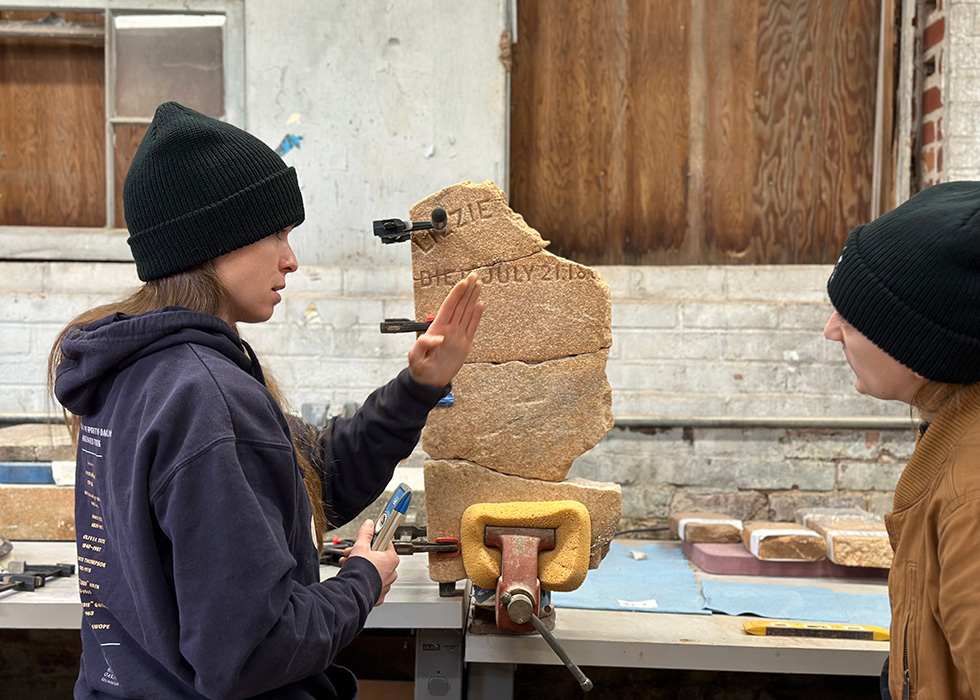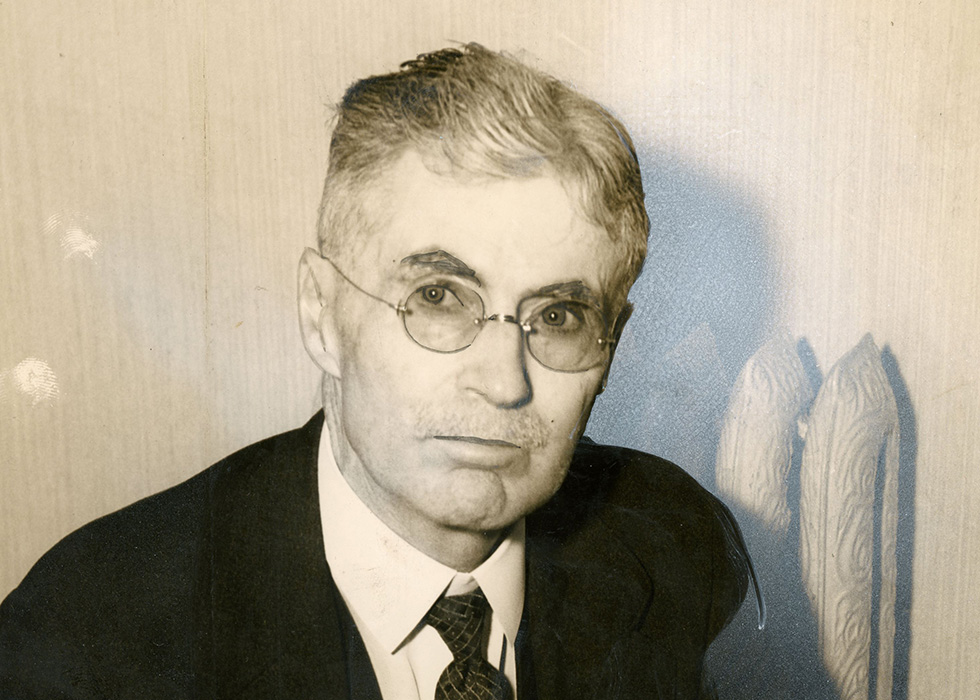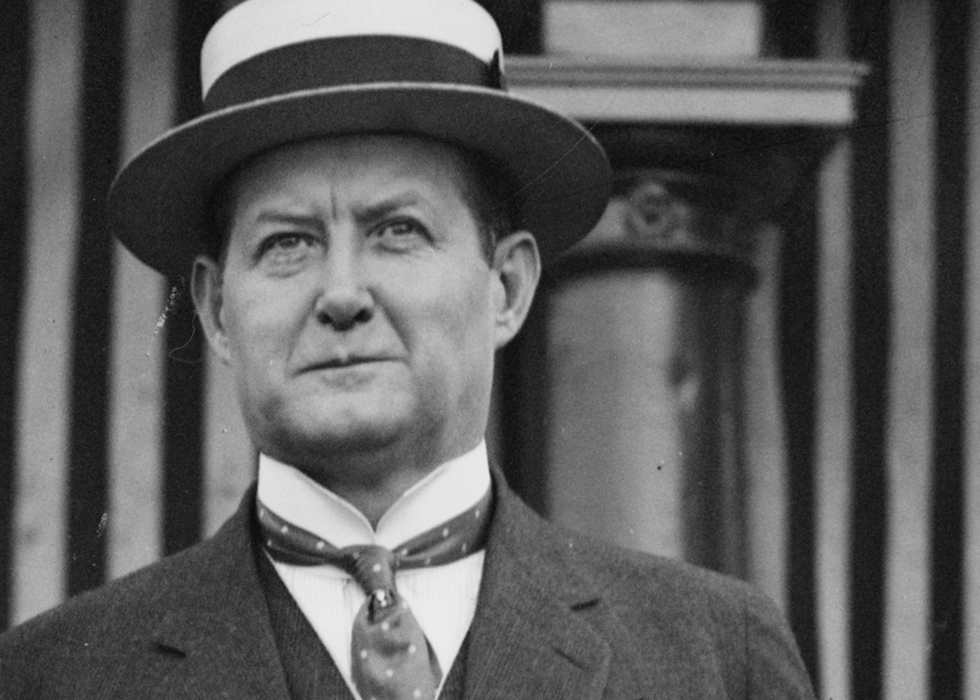
Resident Spotlight: Bobby Jones, Augusta National Golf Club, and the Masters
Read on to learn about the history of Augusta National Golf Club and the Masters from Dr. Catherine Lewis, a Bobby Jones scholar and noted Atlanta historian.
 As the best players in the world gather in Augusta this April, it is always nice to reflect on how the now-famous golf course and Masters tournament was born. The story begins with Bobby Jones, the first and only golfer to win the Grand Slam in 1930. He retired to his law practice in Atlanta soon after and became interested in building “the ideal golf course,” a place where he could play with friends away from the adoring crowds.
As the best players in the world gather in Augusta this April, it is always nice to reflect on how the now-famous golf course and Masters tournament was born. The story begins with Bobby Jones, the first and only golfer to win the Grand Slam in 1930. He retired to his law practice in Atlanta soon after and became interested in building “the ideal golf course,” a place where he could play with friends away from the adoring crowds.
The site for Augusta National was a 365-acre plot with a rich horticultural history on the west side of town. In 1854, Dennis Redmond established an indigo plantation on the site and constructed a large two-story house that is Augusta National’s clubhouse. When the business failed a couple of years later, he sold the land to Belgian nobleman Louis Matheiu Edouard Berckmans. Baron Berckmans and his son, Prosper Jules Alphonse, formed P. J. Berckmans Company in 1857 and began operating Fruitland Nurseries.
The nursery grew many varieties of exotic fruit trees, flowering shrubs, and flowers for distribution around the country. Prosper Berkmans died in 1910, and Fruitland floundered soon after. In 1925, the land was sold to a Miami developer, Commodore J. Perry Stotz, who hoped to turn the nursery into a golf resort—until he went bankrupt. When Bobby Jones and Clifford Roberts inspected the property in 1930, it had not been used for more than a decade.
In 1931, the property upon which Augusta National Golf Club now stands was purchased for $70,000, and an organizational committee of five men, including Jones, was assembled to build the golf club. When Jones first viewed the site that would become Augusta National Golf Club, he declared, “Perfect! And to think this ground has been lying here all these years waiting for someone to come along and lay a golf course on it.”
When Jones first viewed the site that would become Augusta National Golf Club, he declared, “Perfect! And to think this ground has been lying here all these years waiting for someone to come along and lay a golf course on it.”
Dr. Alister MacKenzie was selected as the architect. An English surgeon with a Scottish lineage who has served in the Boer War and World War I, Mackenzie began his career as a golf course architect in 1907 and designed some of the world’s most famous courses, including Cypress Point in California and the West Course at the Royal Melbourne Golf Course in Australia. Mackenzie’s courses were patterned after the great Scottish and English courses, which meant they utilized natural advantages and minimized artificiality.
McKenzie first visited Augusta National in July of 1931 to explore the property and stake out the tees and greens. He returned that fall and stayed in Augusta for two months to oversee work on the course, which opened in December 1932 with a limited amount of member play. A formal opening took place from January 12-16, 1933. After a brief illness, Mackenzie suddenly died on January 6, 1934, two months before the first Augusta National Invitation Tournament.
The Clubhouse at Augusta National Golf Club was built in 1854 when the land was still an indigo plantation. When Bobby Jones and Clifford Roberts purchased the land on June 30, 1931, the house was still standing. Though the two men initially planned to construct a new clubhouse for their golf club, they decided to preserve the Berckmans’ home. Over the years it has been renovated and expanded but remains a historic landmark.
The Augusta National Invitation Tournament was first held March 22-25, 1934, and was won by Horton Smith over Craig Wood by one stroke. Renamed the Masters in 1939, it has since become one of the world’s major cultural and sporting events. Jones played in 12 Masters Tournaments, serving as a host for the newly created event. In 1948, he played in his final tournament because of a diagnosis of syringomyelia, a degenerative spinal disease. He would serve as the non-playing host until 1968, three years before his death.
Today, participation in the four-day, stroke play competition is by qualification and invitation-only, and thousands of spectators come to Augusta National Golf Club each spring to see the best professional and amateur players compete for the coveted Green Jacket. Originally intended for members, this important symbol of success was first given to the Sam Snead, the 1949 Masters champion.
There are many notable landmarks on the course, including Magnolia Lane and Amen Corner. Three bridges pay tribute to the achievements of Ben Hogan, Byron Nelson, and Gene Sarazen. Many of the innovations in staging golf tournaments began at the Masters, including the use of elevated mounds and the over-under scoring system. The Masters is as exciting for players as it is for patrons. Sam Snead once said: “If you asked a golfer what tournament they would want to win over all the others. I think every one of them would say the Masters.” So tune in to see Dustin Johnson, Rory McIlroy, Jordan Spieth, and the game’s top golfers contend for the Green Jacket on this storied course.

Dr. Catherine M. Lewis is Assistant Vice President, Museums, Archives & Rare Books and a Professor of History at Kennesaw State University. She has curated more than 40 exhibitions and is the author, co-author, or editor of fourteen books, including Considerable Passions: Golf, the Masters, and the Legacy of Bobby Jones; Bobby Jones and the Quest for the Grand Slam; and Don’t Ask What I Shot: How Eisenhower’s Love of Golf Helped Shape 1950s America.



